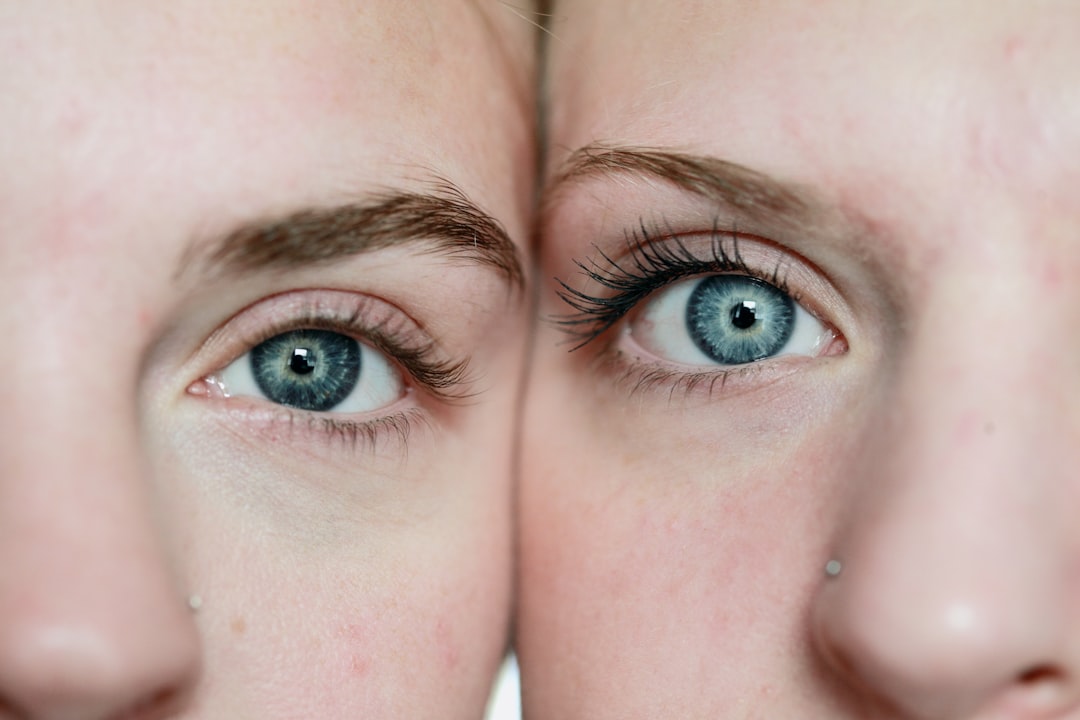What is it about?
Chaco Canyon is a World Heritage Site in the southwest of North America and Pueblo Bonito was the iconic great house structure in that Canyon. This study of the causes of deterioration of Pueblo Bonito is based on archival photographs of the structure taken between 1887 and 1925, before stabilization and reconstruction occurred by the U.S. National Park Service. This present analysis of Pueblo Bonito describes the relationships between stone walls, mud mortar, water, rock faces, wood beams, wind, and biological agents. Causes of deterioration included water incursion into walls that disrupted wall load paths and possibly led to wall blowout events. Additionally, water leakage onto roof and ceiling beams likely led to wood decay by biological agents which would, after decades of incubation, be causal of roof, ceiling and wall collapse. This study is not a critique or history of the Ancestral Puebloans of Chaco Canyon.
Featured Image

Photo by Bill McBee on Unsplash
Why is it important?
An understanding of why pre-historic structures fail, provides an important framework for interpreting archaeological evidences discovered in those structures.
Perspectives
It is interesting to speculate if structural events, such as those that occurred at Pueblo Bonito and that are attributable to factors beyond the control of early Puebloan engineers, could have influenced the culture, traditions, and architecture of later Puebloan populations.
Henry Short
Read the Original
This page is a summary of: The deterioration of the Pueblo Bonito Great House in the Chaco Culture National Historical Park, New Mexico, USA, PLoS ONE, April 2022, PLOS,
DOI: 10.1371/journal.pone.0266099.
You can read the full text:
Contributors
The following have contributed to this page










